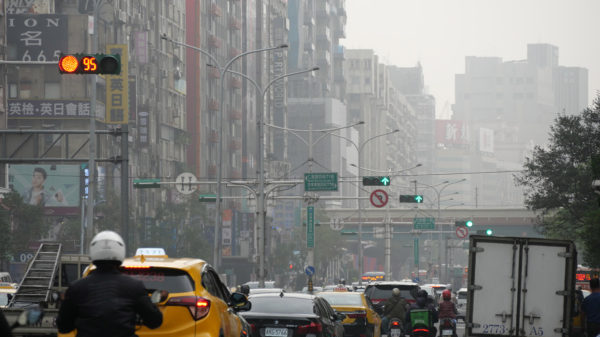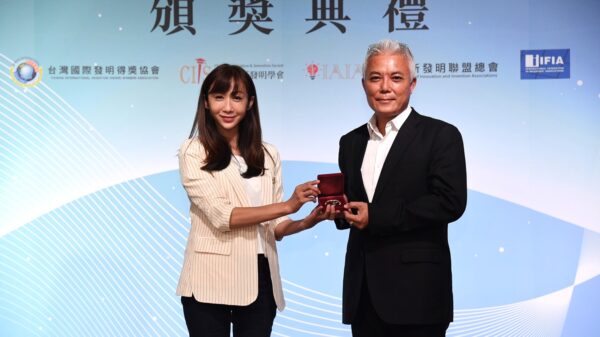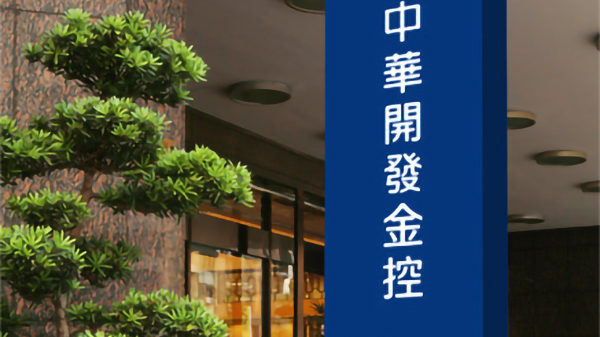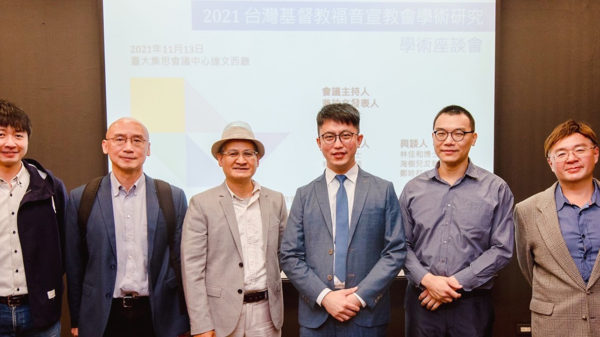
According to the EU, the average person discards 12 kilograms of clothing and shoes annually, leading to serious environmental disasters. Therefore, the European Union has proposed a draft for levying waste management fees for clothing manufacturers.
Taipei, Taiwan (Periodical News) – Various events often demand distinct attire for both self-expression and appropriate respect. As a result, fast fashion brands with their rapid style updates have gained global popularity over the years. However, the concept of rapid renewal has also caused a lot of environmental controversies. According to EU statistics, each person throws away 12 kilograms of clothes and shoes every year on average, increasing the burden on the environment and the cost of disposal.
Because fast fashion products are updated quickly and the prices of some brands are quite affordable, consumers will accidentally buy more. It also increases the amount of clothes and shoes discarded every year, creating a garbage problem. Even though various recycling methods have been promoted in recent years to reduce the impact on the global environment, the results have been limited. Currently, about 22% of discarded clothes and shoes can be reused in different forms, but 78% of them still need to be buried or incinerated, so they are considered a modern environmental disaster.
What’s the price of fashion? The World Bank estimates that the fashion industry’s annual carbon emissions account for approximately 10% of total global emissions. In 2020, the global textile industry used approximately 175 million tons of primary raw materials in production, which is an astonishing figure. The production of textiles consumes large amounts of water, including 20 billion tons of rainwater stored in the soil to produce cotton and 4 billion tons of surface water and groundwater used to make finished products. Water consumption is second only to the food industry and entertainment and cultural industries. Therefore, the European Union has proposed a draft for levying waste management fees for clothing manufacturers. It is expected that a piece of clothing will be charged 0.12 euros for subsequent processing.
For the sake of the sustainability of the earth, this is a problem that must be solved, so experts are trying to find ways to improve this problem. In addition to planning to collect processing fees to cover the costs required during processing, it is also hoped to reduce the problem of over-speeding or excessive production by apparel manufacturers. At the same time, we are also looking for solutions to reuse waste and turn it into reusable materials, which means returning to the circular economy and reducing waste.
The first step that can be taken is to establish a professional second-hand recycling mechanism and sales platform so that discarded clothes can be recycled effectively. These clothes can be put on the shelves for sale after being sorted, cleaned, disinfected, photographed, and basic information compiled. Second-hand clothing platform operators mentioned that their platform has listed more than 90,000 pieces of clothing, and 70% of them have been sold through their business model, saving more than 1.2 million kilograms of carbon emissions and more than 200 million yuan of water resources, bringing sustainable green contributions to the earth.
In some European countries, there are large clothing recycling charity centers, where there are piles of clothes. Many working women stand next to the conveyor belt, sorting clothes one by one. Some of the clothes will be sent to recycling program stores for sale after cleaning. In addition to being cheaper than brand-new clothes, the main purpose of clothes in second-hand stores is to return these discarded clothes to a sustainable circular economy. Therefore, they plan to expand the number of second-hand clothing stores in Spain from 100 to more than 300 to implement this environmental protection plan.
In addition to returning discarded clothes to second-hand platforms or stores for sale, another way to return to the circular economy is through classification and reproducing. During the recycling process, clothing sorting equipment equipped with infrared spectrum analysis and optical identification technology is used to detect the fiber content of clothing and classify it according to color and material. Using technology to help these clothes find reuse value, they can be transformed into new clothes and then sold.
The industry will use the sorted recycled clothing to make polyester pellets through chemical decomposition technology, convert it into the main raw material for recycled clothing, and put it into the clothing production line. Some brands will also add recycled PET bottle plastic and remake it into recycled clothing made of polyester to achieve the sustainable goal of recycling waste clothing. This will reduce the waste of agricultural raw materials and water resources, and achieve the environmental benefits of energy conservation and carbon reduction.
However, recycling clothes also has difficulties that need to be solved. Because it is reconstructed from multiple pieces of clothing, it is difficult to label the material, so it can usually only be recycled once. In addition, the material is mainly polyester fiber, so it is often made into functional clothing, and it is difficult to make non-functional clothing. There are many additional processing costs in the remanufacturing process, so the total production cost is about 30% higher than that of ordinary clothing. More efforts need to be made to educate manufacturers and consumers so that they are willing to bear higher production and consumption costs to care for the earth.
The clothing industry mentioned that about 30% of consumers currently understand the mechanism for recycling their clothes. However, due to concerns about virus residues after COVID-19, some customers who were originally willing to buy second-hand clothes have also become hesitant. They need to spend more time communicating with consumers. In addition to proposing a draft for levying disposal fees and striving to implement textile recycling, the EU’s relevant environmental regulations also include prohibiting the destruction of unsold clothing, establishing a complete waste recycling system, and dealing with false green labels. They hope that strict regulations will be used to control excessive resource consumption and reduce the environmental disaster caused by fast fashion.
Be the first to leave a review.
Your browser does not support images upload. Please choose a modern one























